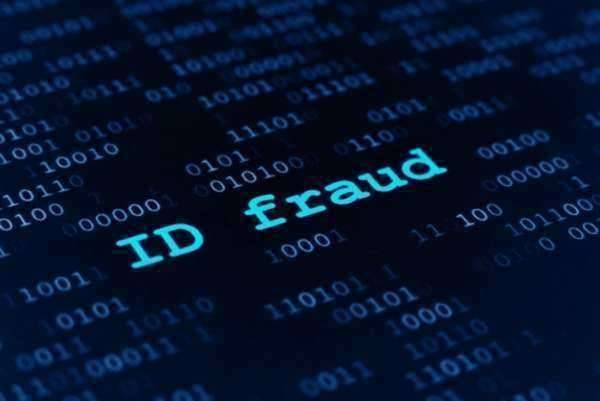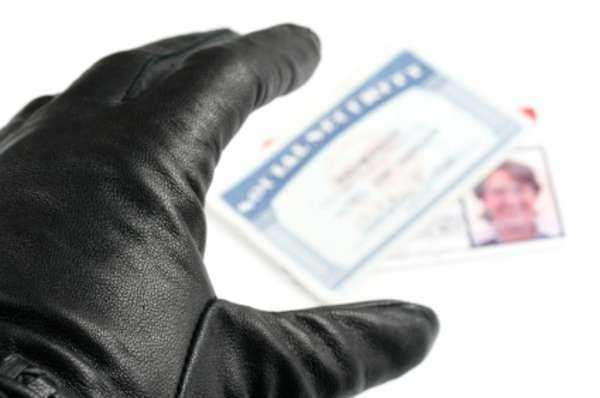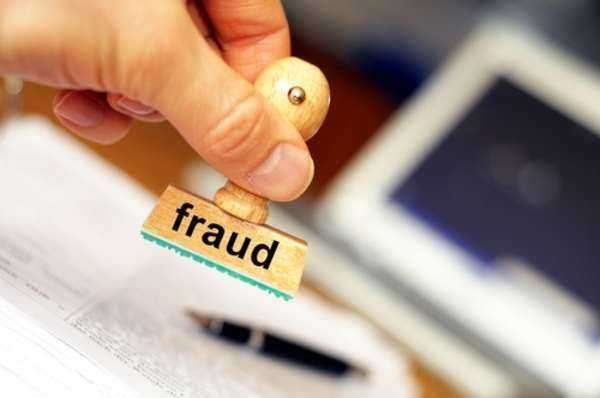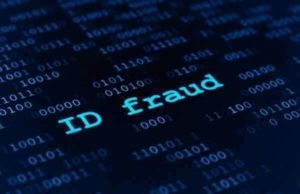What You Need to Know About Electronic Forgery

What is Forgery?
Forgery is defined as the criminal act that includes the purposeful defrauding, misleading, deception, and misrepresentation of a product, service, or item with the intent to deceive. The scope forgery is a vast one; forgery can include the production of falsified documents, counterfeited items – products intended to resemble other products, and the misrepresentation of fraudulent identification.
The criminal act of forgery can take place in a variety of settings; however – with regard to identity theft – the act of unlawfully recreating the likeness of the signature belonging to another individual or entity with the intent of providing deceitful authorization for economic gain is one of the foremost methodologies undertaken.
How is Forgery Facilitated in order to Commit Identity Theft?
Forgery charges can span the realm of legality; both the nature, as well as the crime itself – with regard to any or all the victims involved – with allow for the a shift within the respective setting in which the act of forgery takes place:
Electronic Forgery
The misuse of computer networks, the internet, and various avenues within the online community in order to defraud potential victims of identity theft is classified as electronic – or online forgery. Electronic Forgery is quite common within the digital age, which can include the illegal and unlawful reproduction of endorsements in the form of electronic signatures in order to illicitly assume the identity of the victim of identity theft.
Financial Forgery
Criminal – fraudulent – activity applicable to the events involving the exchange and circulation of monies or currency may be classified as financial forgery. Identity theft resulting from this type of forgery can occur in a variety of fashions, including fraudulent purchases through the use of finances – and financial information – belonging to the victims of this crime.
Commercial Forgery
Forgery involving business activities, commercial endeavors, or professional operation of the provision of products or services is classified as commercial forgery; items unlawfully purchased with illegal and illicit finances may result from identity theft.
Governmental and Administrative Forgery
Administrative forgery includes the vast expanses of laws, acts, ordinances, and legislation with regard to the Federal Government of the United States; identity theft in an administrative realm may include the unlawful duplication of documentation or the illegal officiating of government-mandated forms and requirements.
How to Prevent Electronic Identity Theft
Due to technological innovation, electronic identity theft is considered by many to be one of the most recently-developed crimes, credited – in part – to the ongoing advent of computer-based technology. This type of technology relies heavily on the Internet and online activity, and as a result, regulations and oversight of this type of activity has been expressed in the spectrum of preventative measures involving the cessation of electronic identity theft.
Companies providing methods of Identity theft prevention – including Lifelock, which is one of the most widely-acclaimed and recognized – have employed protective measures ranging from securing online perimeters to communicative transmission inquiring about the validity of unsubstantiated activity; these types of companies have found their respective niche within the prevention of identity fraud upon providing protection in lieu of infringing on personal privacy.
What You Need to Know About Electronic Forgery: Risks and Prevention
Electronic forgery, also known as digital forgery or cyber forgery, is an increasingly common form of fraud in today’s digital world. Electronic forgery involves the creation or alteration of digital documents or information with the intent of deceiving others. This article will explore what electronic forgery is, how it works, its risks, and prevention measures.
What is Electronic Forgery?
Electronic forgery encompasses various types of fraudulent activities that involve digital documents and information such as emails, electronic signatures, fake website domains, and more. Electronic forgery can occur through various methods, some of which include hacking, phishing attacks, and spoofing.
How Does Electronic Forgery Work?
Electronic forgery often involves the creation or alteration of digital documents or information with the intent to deceive. This can include copying and pasting a digital signature into a document, creating a fake website that looks legitimate, or altering the content of an email to appear as if it came from a trusted sender.
Risks of Electronic Forgery
Electronic forgery can have significant consequences for individuals and businesses, including financial loss, reputational damage, and legal liability. Electronic forgery can also lead to data breaches and identity theft, which can be costly and time-consuming to recover from.
Prevention Measures
Preventing electronic forgery involves various measures, including:
1. Education: Educating users on how electronic forgery works and what to look out for can help prevent them from falling victim to fraud.
2. Digital Signatures: Using digital signatures can help ensure the authenticity of digital documents and prevent them from being altered.
3. Multi-Factor Authentication: Using multi-factor authentication can help prevent unauthorized access to accounts and systems and reduce the risk of electronic forgery.
4. Strong Passwords: Enforcing the use of strong passwords can help prevent unauthorized access and data breaches, which can lead to electronic forgery.
5. Anti-Phishing Software: Anti-phishing software can help detect and block phishing attacks, which are a common method of electronic forgery.
Conclusion
Electronic forgery is a growing concern in today’s digital world. Electronic forgery involves the creation or alteration of digital documents or information with the intent to deceive. Preventing electronic forgery involves educating users, using digital signatures, multi-factor authentication, strong passwords, and anti-phishing software. Taking appropriate measures can help prevent electronic forgery, protect against financial loss, reputational damage, and legal liability. Cybersecurity is everyone’s responsibility.






















